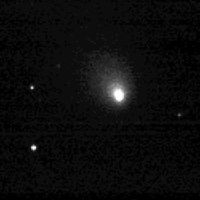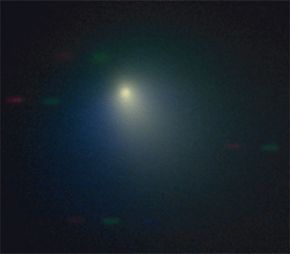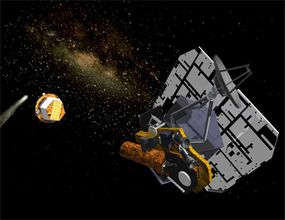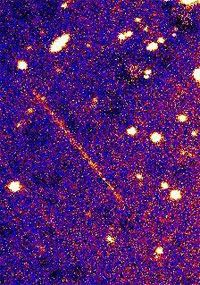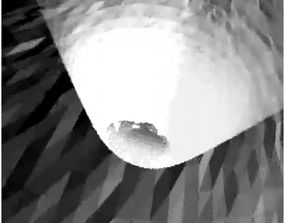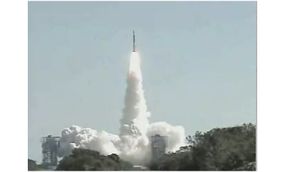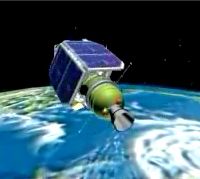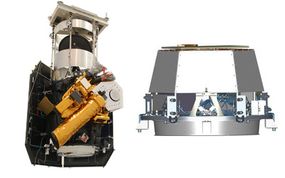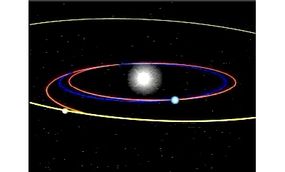Comets are traveling balls of astronomic history. Their origins go back to the formation of the solar system, approximately 4.6 billion years ago. When the sun was formed, it caused gases and dust to be dispelled into space. Some of these materials later formed planets, while quantities of these gases and dust settled into orbits around but far from the sun.
Comets are thought to be consolidated balls of these materials, containing ice, dust, organic matter and possibly rock, formed approximately 4 billion years ago. As they travel through the solar system, they pick up additional debris. In this way, comets are windows into the history of the solar system. But with diameters of up to 60 miles (100 km), you can't just reach up and snag one in a big net in order to study it.
Advertisement
Still, scientists are finding a way to get at the information: On January 12, 2005, NASA's Discovery Mission Deep Impact launched with the intent to probe beneath the surface of a comet. On July 4, 2005, Deep Impact encountered Comet Tempel 1.
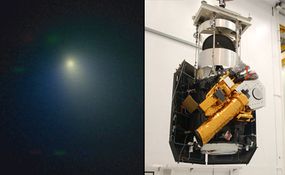
In this article, we'll learn how comets are formed, what secrets they may carry and how the Deep Impact mission is uncovering them.
Advertisement
